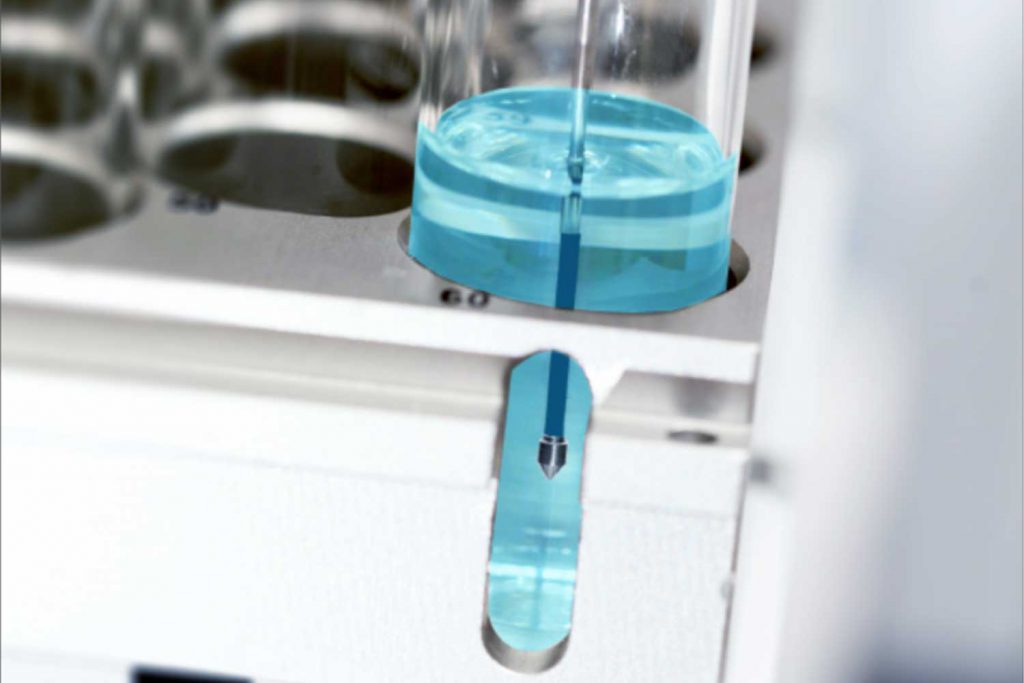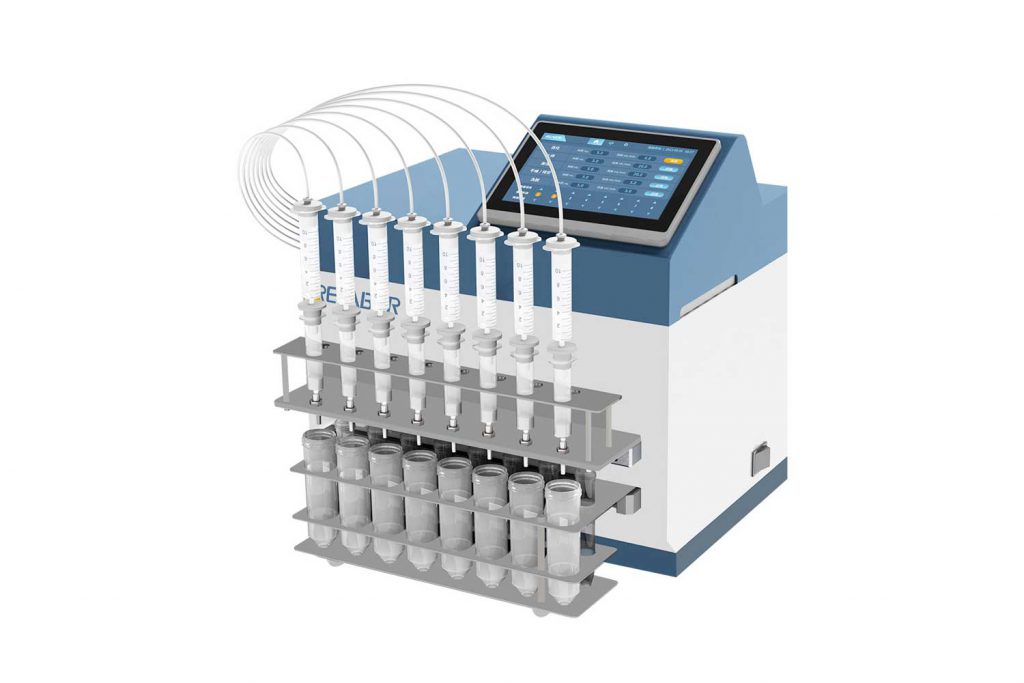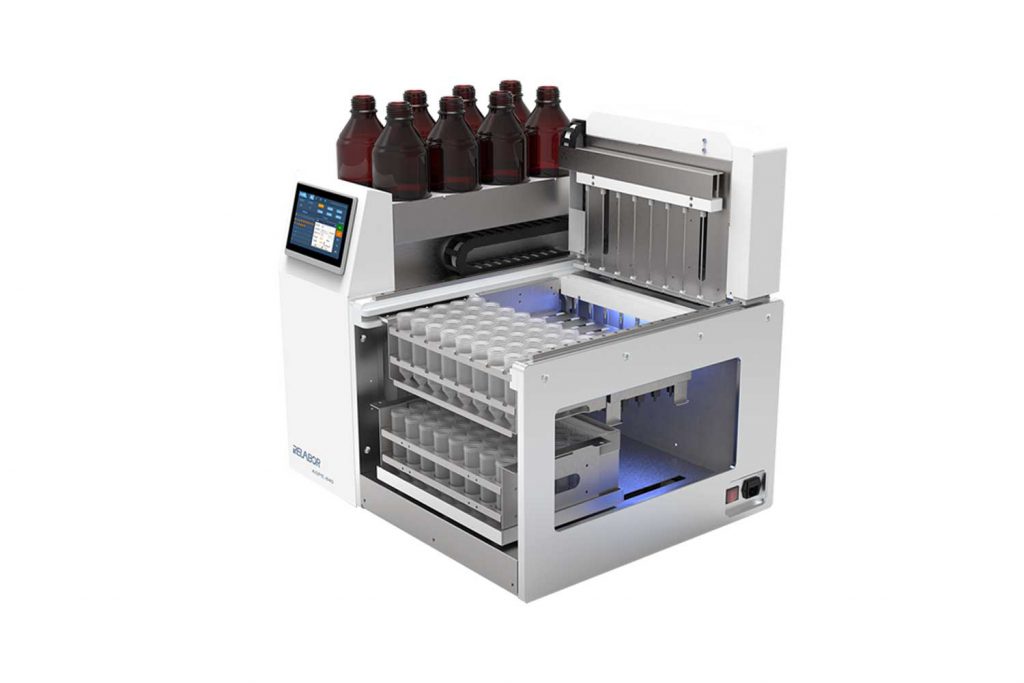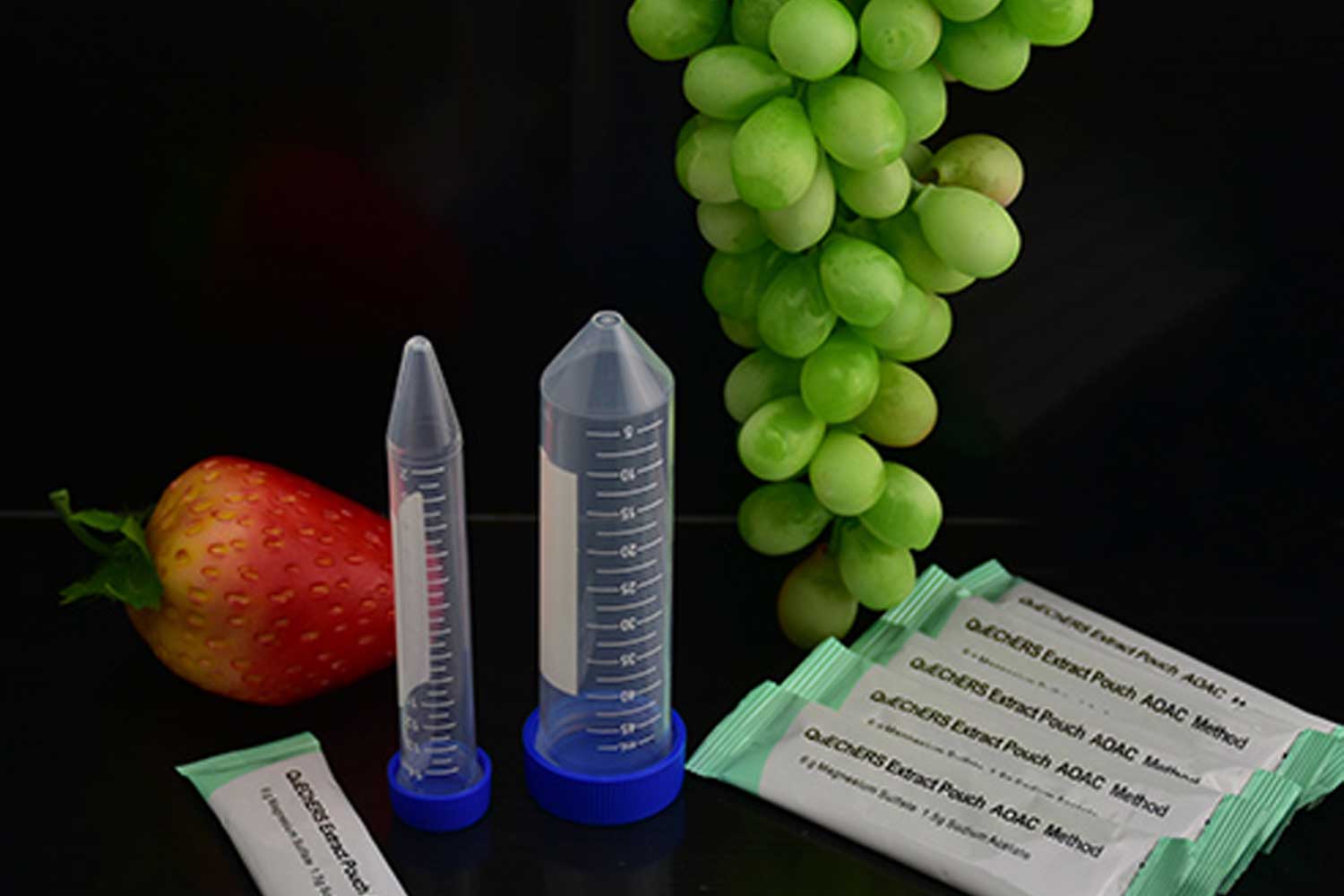What is solid extraction method?

Solid phase extraction (SPE) is a kind of sample pretreatment technology developed in recent years. SPE is a physical extraction process including liquid phase and solid phase.
Principle

Solid phase extraction uses the separation principle of selective adsorption and selective elution. When the sample solution passes through the stationary phase containing the adsorbent, the components to be separated are selectively adsorbed in the stationary phase. The purpose of separation and purification can be achieved by desorbing the agent from the stationary phase.
Solid phase extraction (SPE) is a sample preparation technique often used by chromatographers prior to analysis. SPE is most often used to remove interfering compounds from a sample, although it can also be used to enrich/concentrate analytes of interest in the sample. SPE makes use of a solid phase material (there are many to choose from) that functions to retain the interfering substances, while solvents elute the sample, which is collected and analyzed.
Solid Phase Extraction Strategy
- Retaining the analyte and washing off impurities
- Concentrating the analyte and washing off impurities
- Retaining impurities and eluting the analyte
What is the use of sample preparation?
Remove interferences from matrix
- Cleaner Extract (selectivity)
- Improved column lifetime
- Less instrument downtime (maintenance, changing column,..)
- Less ion suppression
Concentrate analyte of interest
- Improved sensitivity (lower LLOQ)
- Improved reproducibility (accuracy % Bias and precision %RSD)
Prepared samples for separation and detection
- Solvent compatibility with mobile phase
- Better chromatographic results (peak shape)
Solid phase extraction process
According to the different retention mechanism of the adsorbent (the adsorbent retains the target compound or retains the impurities), the operation is slightly different.
The adsorbent retains the target compound
There are generally four steps in the solid phase extraction operation:
- Activation. Remove impurities in the extraction column and create a certain solvent environment. Take care not to dry out the cartridge during the entire process.
- Loading. Dissolve the sample with a certain solvent, transfer it into the column and keep the components on the column. The injection flow rate should not be too fast, 1 mL/min is appropriate, and the maximum should not exceed 5 mL/min.
- Rinse. Part of the impurities left on the stationary phase are washed away with a small volume of solvent, and the interferences are removed to the greatest extent. It is recommended that the extraction cartridge be completely drained after this process.
- Elute. The analyte is eluted with a small volume of solvent and collected. The flow rate is preferably about 1mL/min.
Sorbent retains impurities
- Activation. Remove impurities in the column and create a certain solvent environment. Take care not to dry out the cartridge during the entire process.
- Loading. Transfer the sample into the column. At this time, most of the target compounds will flow out with the sample base liquid, and the impurities will be retained on the column, so this step should start to collect (be careful not to flow too fast).
- Rinse. Use a small volume of solvent to wash off some of the components to be separated that remain in the stationary phase and collect them, and combine the collected solution (be careful not to flow too fast).
This situation is mostly used to remove pigments in food or pesticide residue analysis.
What are the types of solid phase extraction?

After more than 20 years of development, solid phase extraction technology mainly includes the following types: graphitic carbon (reverse phase) SPE, ion exchange resin SPE, metal complex adsorbent SPE, bonded silica SPE, polymer agent SPE, immunophilins SPE, and adsorbent SPE, molecular embedding polymer SPE.

